Solar panels are a fantastic way to harness renewable energy, and when paired with batteries, they provide a reliable power source even when the sun isn’t shining. However, there is a common concern about whether solar panels can actually drain a battery. Understanding the interaction between solar panels and batteries is crucial for anyone using or considering a solar power system. In this article, we’ll delve into the intricacies of this relationship and explore the potential for battery drain.
Basics of Solar Panels and Batteries
How Solar Panels Work: Solar panels convert sunlight into electrical energy through the photovoltaic effect. This energy is then used to power electrical devices or stored in batteries for later use. Solar panels are typically made of silicon cells that generate Direct Current (DC) electricity.
Types of Batteries Used in Solar Power Systems: The most common batteries used in solar power systems are lead-acid, lithium-ion, and nickel-cadmium. Each type has its own advantages and disadvantages, but they all serve the same basic purpose: to store energy generated by solar panels for use when sunlight is not available.
Solar Panel and Battery Relationship
How Solar Panels Charge Batteries: Solar panels charge batteries by supplying them with DC electricity. This process is managed by a charge controller, which regulates the voltage and current coming from the solar panels to prevent overcharging and ensure the battery is charged efficiently.
Role of Charge Controllers: Charge controllers are essential in solar power systems. They prevent the battery from overcharging, which can damage the battery and reduce its lifespan. They also protect against over-discharging, which can lead to battery drain.
Understanding Battery Drain
Definition of Battery Drain: Battery drain refers to the loss of charge in a battery, which can happen even when the battery is not in use. This can be due to self-discharge, parasitic loads, or improper system design.
Common Causes of Battery Drain
- Self-Discharge: All batteries naturally lose charge over time, even when not connected to a load.
- Parasitic Loads: Devices or components that draw small amounts of power continuously, such as monitoring systems or improperly connected inverters.
- Improper System Design: Mismatched components or lack of proper charge control can lead to battery drain.
Can Solar Panels Drain a Battery?
Situations Where Solar Panels Might Drain a Battery: While solar panels are designed to charge batteries, certain conditions can lead to battery drain:
- Reverse Current Flow: At night, if a blocking diode or charge controller is not present, current can flow backward from the battery to the solar panel, causing drain.
- Faulty Panels or Connections: Damaged or improperly connected panels can lead to inefficient charging or even draining of the battery.
Technical Reasons Behind Battery Drain
- Lack of a Blocking Diode: This diode prevents current from flowing backward from the battery to the solar panel.
- Faulty Charge Controller: A malfunctioning charge controller can fail to regulate the flow of electricity properly, leading to battery drain.
Role of Charge Controllers
How Charge Controllers Prevent Battery Drain: Charge controllers prevent battery drain by stopping the flow of current from the battery to the solar panels when there is no sunlight. They ensure that the battery is charged only when the solar panels are generating power and protect against overcharging and over-discharging.
Types of Charge Controllers
- Pulse Width Modulation (PWM): A basic type of charge controller that gradually reduces the amount of power sent to the battery as it gets closer to full charge.
- Maximum Power Point Tracking (MPPT): A more advanced type of charge controller that maximizes the efficiency of the solar panels and the battery charging process.
Impact of Inadequate System Design
Importance of Proper System Sizing: Properly sizing the components of a solar power system is crucial to prevent battery drain. This includes matching the solar panel output to the battery capacity and ensuring the charge controller is suitable for the system.
Consequences of Mismatched Components: Using mismatched components can lead to inefficient charging, excessive battery wear, and potential battery drain. It’s essential to follow manufacturer recommendations and industry standards when designing and installing a solar power system.
Faulty Components and Installation Issues
Identifying Faulty Solar Panels or Batteries: Regular inspections can help identify faulty panels or batteries. Signs of issues include reduced power output, physical damage, or unusual behavior in the system’s performance.
Common Installation Mistakes: Improper wiring, incorrect placement of components, and failing to use necessary protective devices like diodes can lead to battery drain. Ensuring a professional installation can mitigate these risks.
Solar Panel Efficiency and Battery Performance
How Solar Panel Efficiency Affects Battery Charging: Higher efficiency solar panels can charge batteries more quickly and effectively, reducing the risk of battery drain. Conversely, low-efficiency panels may struggle to provide adequate power, especially in low-light conditions.
Importance of Regular Maintenance: Regular cleaning and maintenance of solar panels and batteries can prevent efficiency losses and ensure the system operates optimally. This includes cleaning panels, checking connections, and testing battery health.
Environmental Factors
Impact of Weather and Shading on Solar Panels: Weather conditions and shading can significantly affect the performance of solar panels. Prolonged periods of low sunlight or shading can lead to insufficient charging and potential battery drain.
How These Factors Influence Battery Performance: Inconsistent power generation due to environmental factors can stress batteries, leading to reduced lifespan and performance issues. Proper system design and location planning can mitigate these impacts.
Case Studies and Real-Life Examples
Examples of Battery Drain Issues in Solar Systems: Case studies of solar power systems experiencing battery drain highlight common issues such as faulty components, poor system design, and environmental challenges. These examples provide valuable lessons for preventing similar problems.
Lessons Learned from These Cases
- Regular Maintenance: Ensuring regular inspections and maintenance can prevent many issues.
- Proper System Design: Following best practices in system design and component selection is crucial.
- Use of Quality Components: Investing in high-quality components can reduce the risk of failures and inefficiencies.
Preventing Battery Drain
Tips for Maintaining a Healthy Solar Power System
- Regular Inspections: Schedule regular checks of your solar panels, batteries, and connections.
- Proper Installation: Ensure your system is installed correctly by professionals.
- Use of Charge Controllers: Always use a charge controller to regulate the flow of electricity.
Importance of Regular Inspections: Regular inspections can identify potential issues before they become significant problems, ensuring your system operates efficiently and reliably.
Technological Innovations
Advances in Charge Controller Technology: Recent advancements in charge controller technology, such as smarter MPPT controllers, provide better efficiency and more precise control over battery charging, reducing the risk of battery drain.
Improvements in Battery Technology: New battery technologies, such as lithium iron phosphate (LiFePO4) batteries, offer better performance, longer lifespan, and reduced self-discharge rates compared to traditional batteries.
Benefits of Properly Maintained Solar Power Systems
Increased Efficiency and Longevity A well-maintained solar power system operates more efficiently and lasts longer, providing better returns on investment and more reliable power.
Environmental and Economic Advantages Proper maintenance and preventing battery drain contribute to environmental sustainability by reducing waste and maximizing the use of renewable energy. Economically, it lowers the need for costly repairs and replacements.
Conclusion
Solar panels are designed to charge batteries, not drain them. However, several factors, including improper system design, faulty components, and environmental conditions, can lead to battery drain. Understanding these factors and implementing best practices, such as using charge controllers and performing regular maintenance, can ensure your solar power system operates efficiently and reliably.
FAQs
- What causes a battery to drain in a solar power system?
- Battery drain can be caused by reverse current flow, faulty components, improper system design, and environmental factors such as low sunlight and shading.
- How can I tell if my solar panel is draining my battery?
- Signs of battery drain include rapid loss of charge, reduced performance, and visible damage to the panels or batteries. Regular monitoring can help identify these issues.
- What should I do if my battery is draining quickly?
- Check for faulty components, ensure the charge controller is functioning correctly, and inspect the system for proper installation and connections. Seek professional help if necessary.
- Can a faulty charge controller cause battery drain?
- Yes, a malfunctioning charge controller can fail to regulate the flow of electricity properly, leading to overcharging, over-discharging, and potential battery drain.
- How often should I check my solar power system for issues?
- It’s recommended to perform regular inspections at least twice a year and after significant weather events. Regular maintenance checks can prevent many issues and ensure optimal system performance.

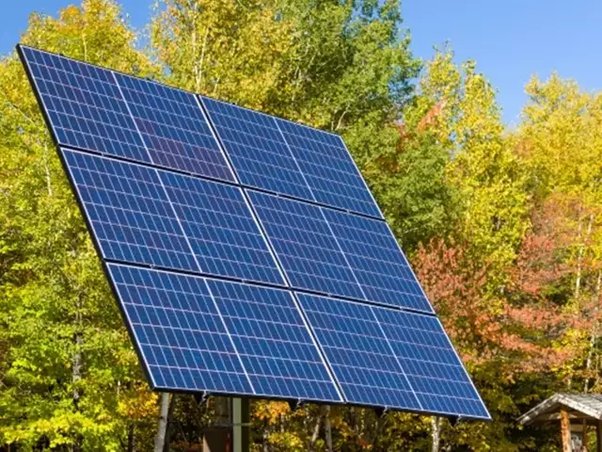


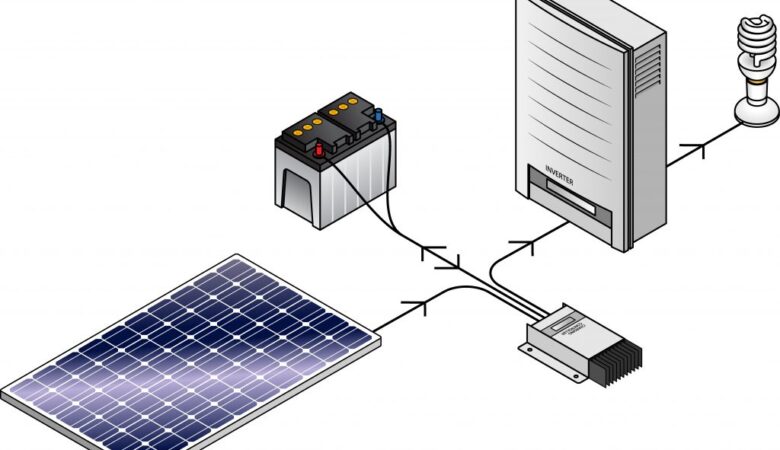
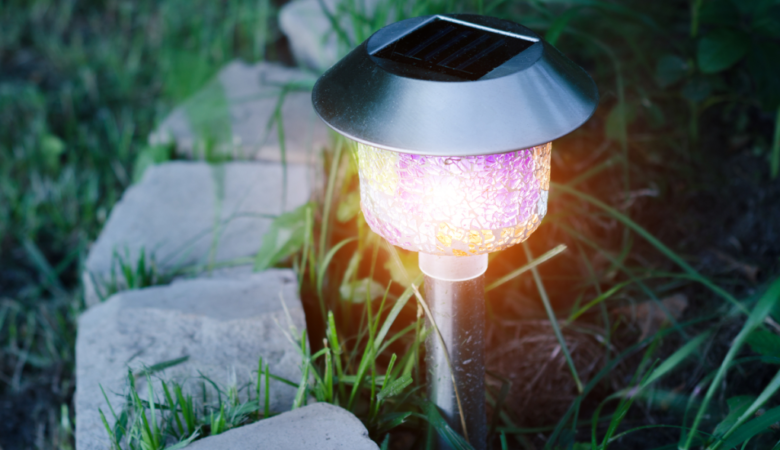



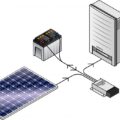

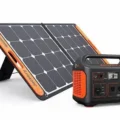
Leave a Reply